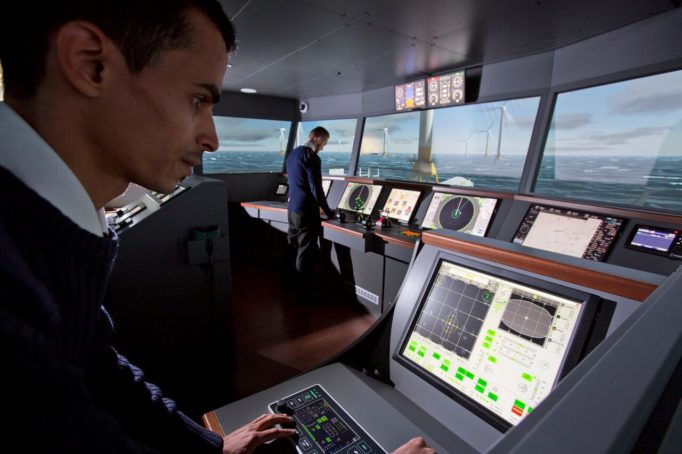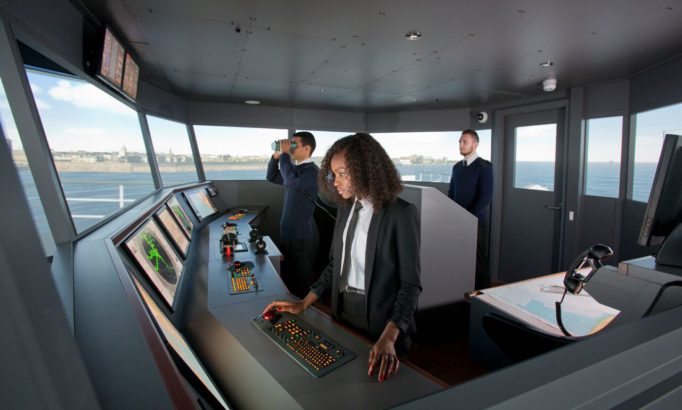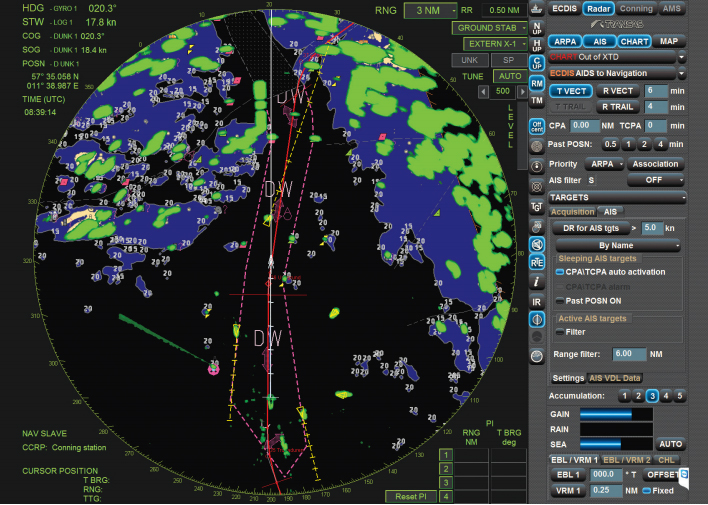Ships have undergone many advancements in terms of design, materials, propulsion, and navigation systems. From the first ships that used muscle and wind power, to modern-day vessels that have efficient fuel and electrical systems; from wooden ships, to modern vessels made of steel and composite materials; from using star maps and astrolabes, to using GPS and computerized maps, shipping has evolved by many leaps and bounds.
In this interconnected world, virtually every industry has at least a basic computer system and connectivity to a local network and to the Internet. Modern ships may not have the same computer systems as those found in passenger airplanes and automobiles; still, they use different kinds of technologies that make life on board easier, more comfortable, and more manageable than ever before.
Modern ships contain many different equipment and machinery that run round the clock. Systems such as the engine, fuel delivery, electrical power, climate control, among others, need constant monitoring. Temperature changes, revolutions per minute, fuel and oil flow rates, and other parameters need to be observed, recorded and analyzed. By using computers, the task of record-keeping and analytics would be easier, which in turn improves performance.
Ships and their crews are dependent on different types of supplies. Among these are food, water, fuel, oil, spare parts, and many others. By using computerized inventory management systems, records of supply utilization can be analyzed, and the data can be used to make utilization and resupply more efficient. Routine maintenance can also be facilitated through systems that monitor daily usage of machineries and record maintenance dates and times. Such systems help remind the maintenance crew which systems are in need of preventive maintenance, and which ones are due for replacement.
Navigation systems for modern ships use GPS, radar, sonar, and computerized maps in conjunction with radio and satellite-based communications systems. These systems help navigation officers find their way and follow their routes even in the dark, inclement weather, or low visibility.
Cargo operations require timely processing of movements of cargo to and from ships. Systems that monitor the weight and balancing of bulk and liquid cargo are vital not just for quick and efficient transfers, but also for the safety of shipping and port crew.
Training of shipping officers and crew are now aided by simulators powered by computers. Different situations can be programmed into these simulators, such as storms, fog, and port congestion, which are necessary for training officers in handling such situations. Computer simulations can help maritime students and seasoned officers and crew learn more effectively than by verbal or theoretical discussions alone.
These are just some of the basic systems that are being used on modern ships. In future articles, we will discuss more IT applications in commercial shipping.
